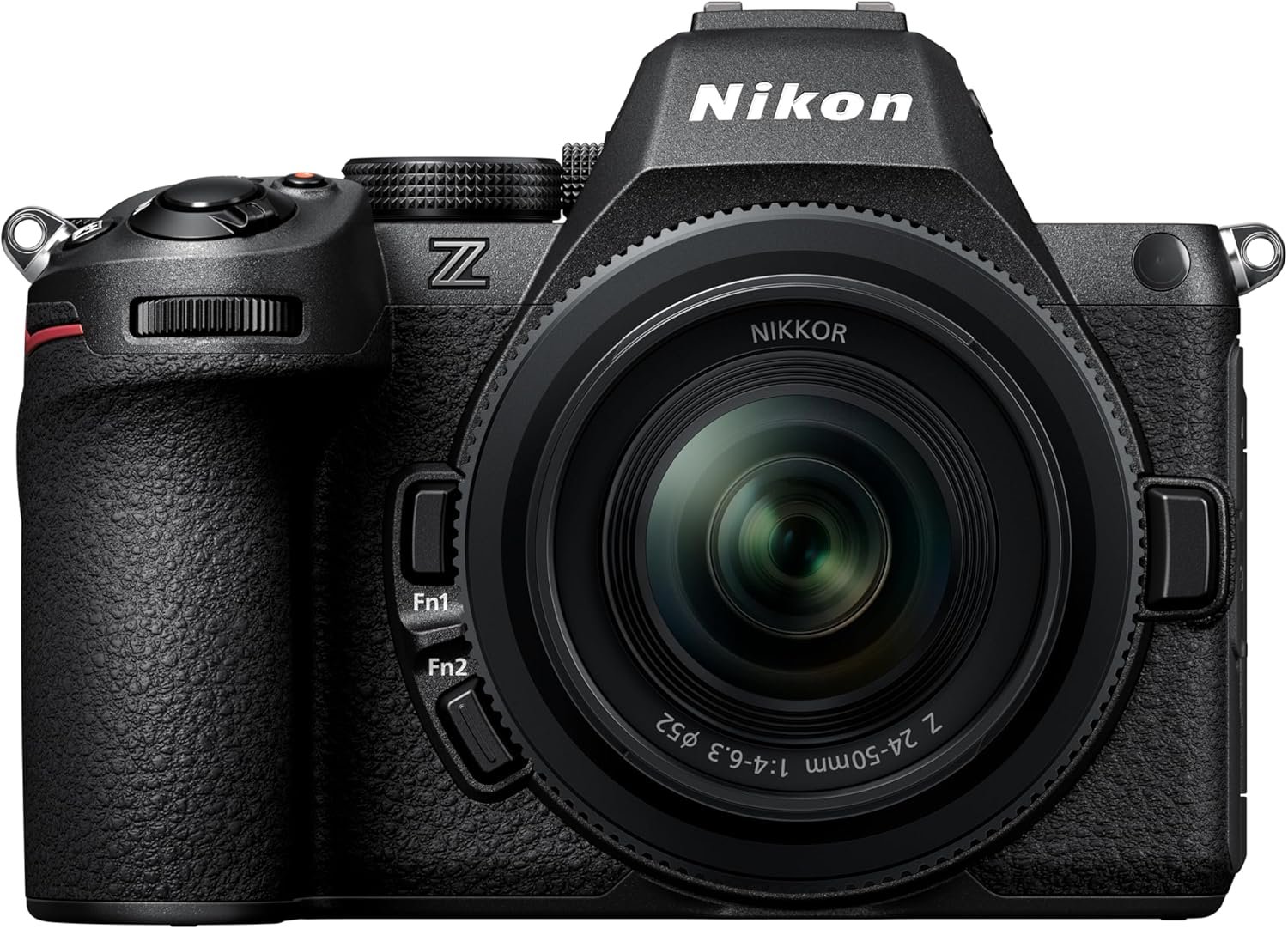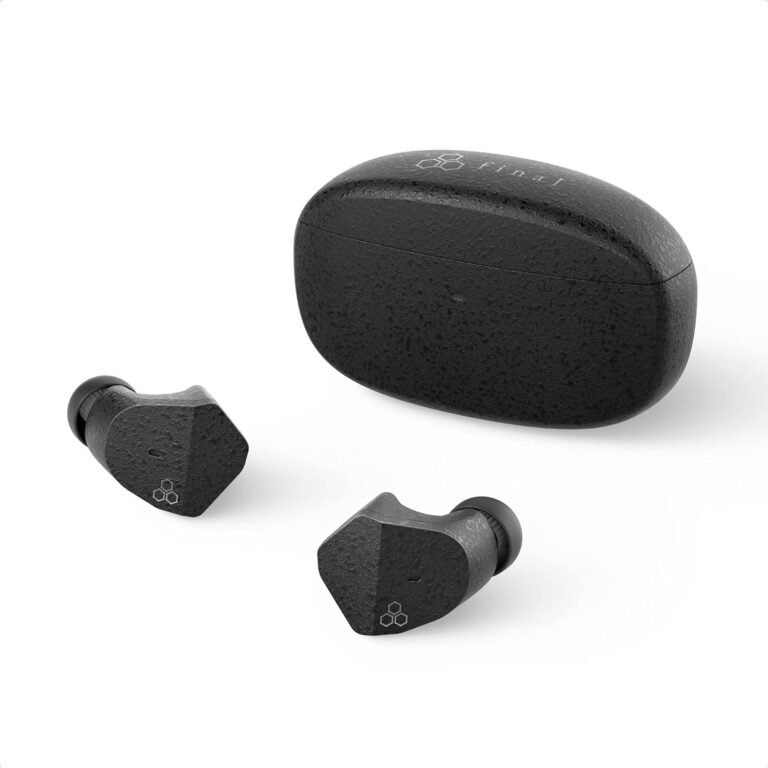Introduction
The Nikon Z5 II is a highly anticipated addition to the Z-series lineup of mirrorless cameras, offering an improved autofocus system that aims to meet the needs of both professional photographers and content creators. With the rise of mirrorless cameras, autofocus performance has become a pivotal feature, as it can make or break the effectiveness of capturing the perfect shot or video. In this post, we will dive deep into the Nikon Z5 II autofocus performance, analyzing its speed, accuracy, and overall usability in various shooting conditions.
Whether you’re a seasoned photographer looking for an upgrade or someone entering the world of mirrorless cameras, understanding how well the Nikon Z5 II’s autofocus performs will be crucial in making your decision.
What is Autofocus and Why Does It Matter?
Before we dive into the specifics of the Nikon Z5 II autofocus performance, it’s important to understand what autofocus (AF) is and why it plays such a vital role in photography and videography.
Autofocus (AF) refers to a camera’s ability to automatically focus on a subject without the photographer needing to adjust the lens manually. Good autofocus not only ensures sharp focus on your subject but also increases shooting efficiency, especially in dynamic environments. For action shots, portraits, or video work, the speed and reliability of autofocus are crucial for a successful outcome.
In mirrorless cameras, autofocus technology has evolved rapidly, with improvements in speed, accuracy, and tracking ability. The Nikon Z5 II is designed to be an affordable yet powerful option that doesn’t sacrifice essential features like autofocus, making it a great choice for both beginners and enthusiasts.
Nikon Z5 II Overview
Before focusing solely on its autofocus performance, let’s quickly recap the Nikon Z5 II’s key features.
The Nikon Z5 II is equipped with a 24.3 MP full-frame sensor, paired with the EXPEED 6 image processor. These components work together to deliver impressive image quality with excellent dynamic range and low-light performance. With a 5-axis in-body image stabilization system and 4K video recording at up to 30fps, the Z5 II is a versatile tool for both stills and video.
In terms of autofocus, the Z5 II features an eye-detection autofocus system, eye-tracking, and subject tracking that will be discussed in detail later in this article.
Nikon Z5 II Autofocus Performance: Key Features
1. Hybrid Autofocus System
The Nikon Z5 II uses a hybrid autofocus system that combines phase-detection and contrast-detection autofocus. This hybrid system allows the camera to focus more quickly and accurately than traditional contrast-based autofocus systems. It also helps the Z5 II perform well in various lighting conditions.
The Z5 II has 273 focus points, spread across a large portion of the sensor, which increases the chances of achieving accurate focus on your subject, whether it’s a still image or video.
2. Eye-Detection and Face-Detection
One of the standout features of the Nikon Z5 II autofocus performance is its ability to detect and track faces and eyes. In portrait photography, this feature is particularly valuable, as it ensures the camera locks onto the subject’s eyes, delivering sharper focus on the most critical part of the shot.
The eye-detection AF is particularly useful in videos as well. Whether you’re shooting a vlog or an interview, the Z5 II’s ability to track the subject’s eyes and maintain focus is a game-changer, making sure that the video is always sharp.
3. Subject Tracking
For fast-moving subjects, such as athletes, wildlife, or kids at play, the Nikon Z5 II’s subject tracking autofocus is a useful tool. The camera will automatically detect and track your subject as they move through the frame, maintaining focus even as they change position or distance. This is especially important for action shots and sports photography, where timing is everything.
4. Low-Light Autofocus
Autofocus performance can sometimes struggle in low-light conditions, but the Nikon Z5 II excels in this area. With an ISO range of 100–51,200, the camera can still achieve quick and accurate focus even in dim environments. This makes the Z5 II a solid choice for low-light photography, such as indoor events, concerts, or nighttime landscapes.

Autofocus Speed and Accuracy
Speed in Action
One of the first things photographers and videographers look for in autofocus performance is speed. The Nikon Z5 II autofocus system is designed to be fast, providing near-instantaneous focus locks under normal conditions. In well-lit environments, the camera can quickly acquire focus, even with complex subjects. Whether you’re shooting landscapes, portraits, or action shots, the Z5 II offers a fluid and responsive experience.
In terms of tracking speed, the Z5 II performs admirably in fast-moving scenarios. During tests with fast-moving subjects, the autofocus system quickly adjusted to new positions and maintained focus even when subjects rapidly changed their distance from the camera.
Accuracy in Different Conditions
The Nikon Z5 II autofocus system offers exceptional accuracy in most situations. It locks onto the subject consistently, even in more challenging environments. In low light or with backlit subjects, the Z5 II still performs well, maintaining reliable focus without struggling to find the subject.
However, like all autofocus systems, the Z5 II autofocus system can occasionally experience difficulties in extremely challenging scenarios, such as when shooting through objects like fences or in dense fog. While these instances are rare, it’s worth noting that any camera’s autofocus system can face occasional issues in such extreme conditions.
Continuous Autofocus for Video
For videographers, continuous autofocus (AF-C) is crucial to maintaining sharpness during recording. The Nikon Z5 II excels here, with the ability to seamlessly adjust focus during video shoots, even when the subject is moving. In terms of both speed and accuracy, the camera tracks the subject well, ensuring that your video remains sharp throughout the shoot.
With the eye-detection autofocus in video mode, the Z5 II provides an extra layer of convenience, as it automatically tracks the subject’s eyes for perfect focus, even if they move around the frame.
Nikon Z5 II Autofocus Performance in Real-World Scenarios
Portrait Photography
For portrait photographers, the Nikon Z5 II autofocus performance is impressive. With the camera’s eye-detection AF, you can rest assured that the subject’s eyes are always in perfect focus, even if they are not centered in the frame. This is especially useful for creating portraits with a natural feel, where the subject may not always be directly in the middle.
The face-detection AF also makes it easy to capture sharp focus on people in group photos or social gatherings. Overall, the Nikon Z5 II provides great accuracy for portraits, allowing photographers to create beautiful, focused images with minimal effort.
Sports and Action Photography
When it comes to sports and action photography, the Nikon Z5 II autofocus performance stands up to the challenge. Its subject tracking ability ensures that even fast-moving athletes are in sharp focus, allowing for clear shots even during high-speed action. The camera maintains focus on the subject as they move across the frame, which is essential when capturing fleeting moments during sports events.
However, keep in mind that while the Z5 II is an excellent choice for amateur action photographers, those who shoot at professional levels may want to consider cameras with more advanced autofocus systems, such as the Nikon Z9, which offers more AF points and faster tracking capabilities.
Wildlife Photography
In wildlife photography, fast and accurate autofocus is essential for capturing animals in motion. The Nikon Z5 II autofocus system performs quite well in these settings, with reliable focus tracking and fast adjustments. Whether shooting birds in flight or land-based animals, the Z5 II does a good job of keeping subjects in focus, even as they move unpredictably through the frame.
The low-light autofocus feature also comes in handy when photographing wildlife during early morning or late evening hours, providing better results than many other cameras in this price range.
Video and Vlogging
For video content creators and vloggers, the Nikon Z5 II autofocus performance is top-notch. The continuous autofocus works exceptionally well, keeping your subject in focus even when they move closer or farther from the camera. The eye-tracking AF ensures that the focus remains sharp on your eyes, an essential feature when recording talking-head videos or interviews.
Moreover, the Z5 II provides smooth focus transitions, ensuring your videos have a cinematic quality without the distracting hunting or lag that can occur with some autofocus systems.

Conclusion
The Nikon Z5 II autofocus is a standout feature that elevates the camera above many of its competitors in the same price range. With its hybrid autofocus system, eye-detection, subject tracking, and excellent low-light performance, the Z5 II is a versatile tool for both stills and video.
While it may not offer the most advanced autofocus system available on the market, the Nikon Z5 II offers a fantastic balance of speed, accuracy, and real-world usability, making it an excellent choice for photographers and videographers looking for a reliable, budget-friendly option. Whether you’re a portrait photographer, action shooter, or content creator, the Nikon Z5 II is capable of handling a wide range of shooting situations with ease.
For those seeking an autofocus system that can handle the demands of modern photography and videography, the Nikon Z5 II is definitely worth considering.
This post contains affiliate links. If you click on a link and make a purchase, I may earn a small commission at no extra cost to you. This helps support the blog and allows me to continue providing content. Thank you for your support!







